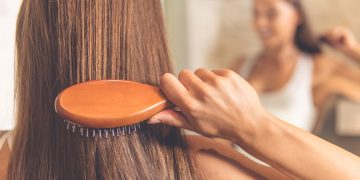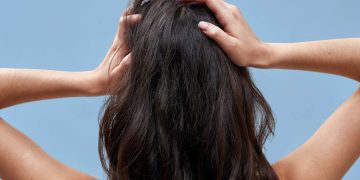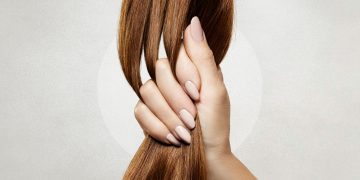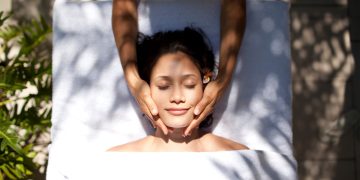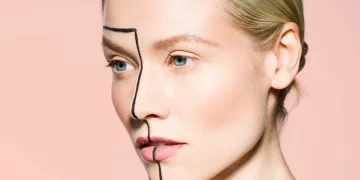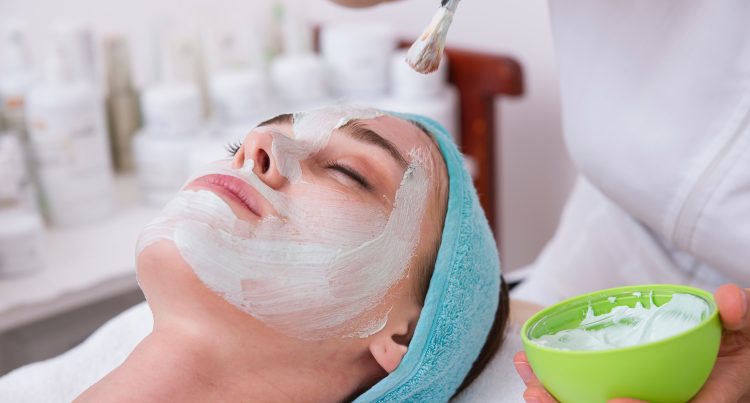In a world where glowing screens dominate nearly every moment of our day, the idea of “digital detox beauty” has emerged as a refreshing antidote. Our phones, laptops, tablets, and TVs have become indispensable, yet they have also quietly shaped our skin health, sleep quality, stress levels, and even the way we age. With more people reporting dullness, eye strain, poor sleep, and premature fine lines, beauty experts are increasingly pointing toward screen habits—not just UV rays, pollution, or diet—as a hidden cause.
Digital detox beauty doesn’t mean abandoning devices entirely; instead, it is about rebalancing your relationship with technology so your body and mind can function—and glow—optimally. By reducing exposure to blue light, improving sleep patterns, and giving your eyes and nervous system time to recover, you can create a measurable transformation in your skin’s appearance and your overall sense of well-being.
This article explores how screens affect your skin, what happens when you reduce exposure, and the science-backed strategies that help you reclaim your natural radiance.
What Exactly Is Blue Light—and How Does It Affect Your Skin?
Blue light, also called high-energy visible (HEV) light, is emitted naturally by the sun and artificially by digital screens. While it doesn’t cause the same type of immediate damage as UV rays, blue light penetrates deeper into the skin, reaching the dermis where collagen and elastin live.
Chronic exposure may:
- accelerate oxidative stress
- weaken collagen fibers
- increase inflammation
- disrupt skin’s natural repair cycle
- worsen pigmentation in deeper skin tones
1. The Collagen Breakdown Connection
Studies show that prolonged exposure to HEV light triggers free radicals that damage structural proteins. Even two to three hours of continuous screen time can increase oxidative stress in the skin, leading to:
- fine lines
- decreased elasticity
- increased sensitivity
Just as UV protection is essential outdoors, managing blue light exposure is becoming a vital part of modern skincare.
2. Blue Light Deepens Hyperpigmentation
This effect is especially pronounced in medium to darker Fitzpatrick skin types. HEV light activates melanocytes far more intensely than infrared or visible light, making dark spots more persistent.
3. Is Skincare Enough to Protect You?
Antioxidants like vitamin C, niacinamide, and resveratrol help neutralize damage, while mineral sunscreens containing zinc oxide reflect some blue light. But skincare alone cannot fully counteract hours of constant exposure. This is where digital detox practices become essential.
Does Screen Time Really Affect Your Sleep—and What Does That Mean for Your Skin?
Sleep is when your skin repairs itself, rebuilds collagen, and recovers from daytime stress. However, screen exposure—especially at night—can significantly disrupt the body’s circadian rhythm.
1. Blue Light Suppresses Melatonin
Melatonin is the hormone that signals your brain it’s time to sleep. When you scroll in bed or binge shows late at night, blue light tricks the brain into thinking it’s daytime. This results in:
- delayed sleep
- lighter sleep
- more frequent wake-ups
- reduced REM cycles
2. Poor Sleep = Poor Skin
Lack of restorative sleep leads to:
- dull complexion
- enlarged pores
- inflammation and breakouts
- dark circles and puffiness
- slower wound healing
Cortisol levels also stay elevated when you’re sleep-deprived, making fine lines and redness more obvious.
3. The Nighttime Digital Curfew
Implementing a “screen sunset” 1–2 hours before bed dramatically improves melatonin production and strengthens circadian rhythm. This alone can create noticeable improvements in skin clarity and radiance within weeks.
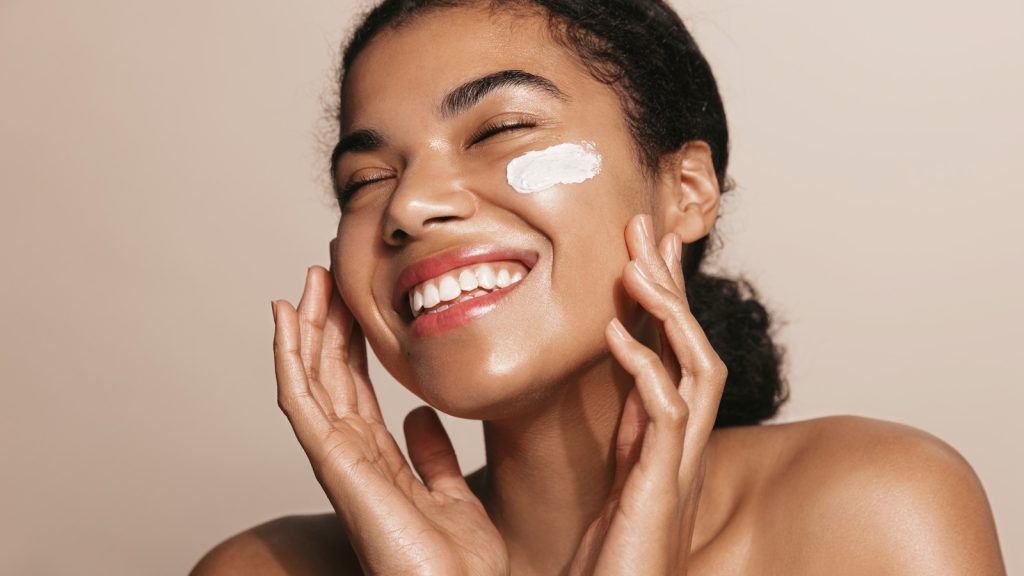
How Does Eye Strain from Screens Impact Your Beauty and Facial Appearance?
Eye strain—also known as digital eye fatigue—is one of the most common side effects of screen overuse. While it’s often discussed from a comfort perspective, it has real aesthetic consequences.
1. Blue Light and Micro-Muscle Fatigue
Constant focusing on close objects causes fatigue in the tiny muscles around the eyes. Over time, this contributes to:
- premature crow’s feet
- forehead wrinkles from squinting
- droopy upper lids
- redness and irritation
2. Increased Puffiness and Dark Circles
Screen time reduces blinking frequency, causing dryness and poor tear film distribution. This leads to inflammation and fluid accumulation around the eyes. Poor sleep makes the problem even worse.
3. Tension Headaches Affect Facial Posture
Neck strain from looking down at screens can lead to a tight jaw, stiff shoulders, and facial tension—all of which subtly alter your facial appearance, making you look tired or stressed.
4. The 20-20-20 Beauty Rule
Every 20 minutes, look at something 20 feet away for 20 seconds.
This simple habit:
- relaxes the eye muscles
- helps prevent deepening fine lines
- increases blinking frequency
- reduces dryness and irritation
Small, consistent changes can significantly improve the freshness of your eye area.
Can a Digital Detox Truly Improve Your Skin—And If So, How Fast?
Yes. Many people notice improvements within days, while deeper changes emerge in weeks or months.
Immediate Results (24–72 hours)
- reduced eye fatigue
- fewer tension headaches
- improved mood
- more even skin tone after restful sleep
Short-Term Results (1–4 weeks)
- brighter under-eye area
- less facial puffiness
- improved hydration
- reduced sensitivity and redness
- more stable oil production
Long-Term Results (1–6 months)
- smoother texture from better collagen function
- fewer fine lines around the eyes
- minimized hyperpigmentation
- improved skin firmness
- visible glow from balanced cortisol levels
Digital detoxing is one of the few beauty strategies with benefits extending from skin to sleep to mental health.
What Does a Practical Digital Detox Beauty Routine Look Like?
You don’t need to quit your devices—you just need to use them more mindfully.
1. Start and End Your Day Screen-Free
Reserve the first and last 60 minutes of your day for:
- stretching
- skincare
- breathing exercises
- journaling
- natural sunlight exposure
This enhances circadian rhythm and reduces cortisol spikes.
2. Set Tech-Free Zones
Ideal spaces include:
- bedroom
- dining area
- bathroom
This creates intentional boundaries between work, rest, and self-care.
3. Use Blue Light Filters or Glasses
Nearly all devices have built-in HEV-reduction modes.
Additionally, blue-blocking glasses help support melatonin and eye comfort.
4. Blink Training
Set reminders to blink fully every few minutes to prevent dryness.
5. Schedule Screen Breaks
Structure your work using techniques like:
- Pomodoro (25 minutes focus / 5 minutes break)
- Hourly stretching
- Outdoor breaks for sunlight
6. Digital Sabbaths
Choose one evening or morning a week to unplug entirely. Skin often looks more rested the next day.
What Skincare Products Support Digital Detox Beauty?
Since blue light creates oxidative stress, the best digital detox skincare focuses on protection, repair, and hydration.
Morning Routine
- vitamin C serum
- niacinamide serum
- antioxidant moisturizer
- zinc oxide sunscreen (offers partial HEV light protection)
Evening Routine
- gentle hydrating cleanser
- peptides or ceramides
- retinaldehyde or bakuchiol
- rich moisturizer for overnight repair
Eye Area Care
- caffeine-based gels for puffiness
- peptides for fine lines
- hyaluronic acid for hydration
- cool compresses after screen exposure
How Does Digital Detox Improve Mental Health—and Why Does That Matter for Skin?
Beauty is deeply connected to emotional well-being. High stress increases cortisol, which weakens the skin barrier and worsens acne, eczema, and dullness.
Digital detox practices:
- lower anxiety
- improve mood
- enhance focus
- promote mindfulness
- encourage deeper sleep
A calmer nervous system equals calmer skin.
People who spend less time scrolling often report:
- more natural glow
- fewer breakouts
- smoother texture
- better hydration
- softer fine lines
The mind-skin connection is real—and screens play a major part in it.
Is the Future of Beauty Moving Toward Digital Minimalism?
Absolutely. As awareness grows, digital detox beauty is becoming a global movement. Beauty experts, dermatologists, and wellness practitioners encourage a holistic approach: better sleep, less stress, intentional device use, and skincare designed to combat modern environmental stressors.
This shift represents a new era of beauty—one defined not by adding more products, but by removing excess stimulation and allowing the body’s natural rhythms to restore themselves.
Digital detox isn’t a trend. It’s a lifestyle supporting long-term beauty, health, and peace of mind.













